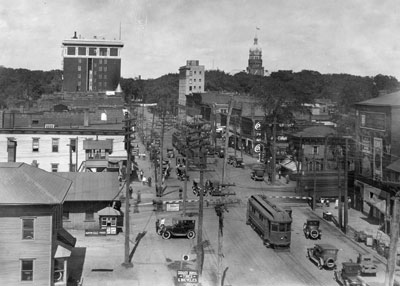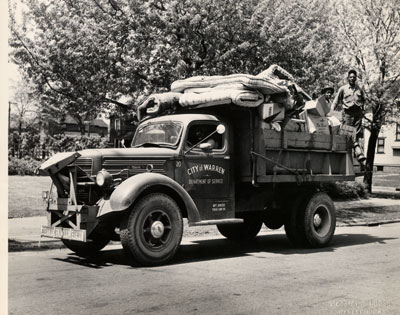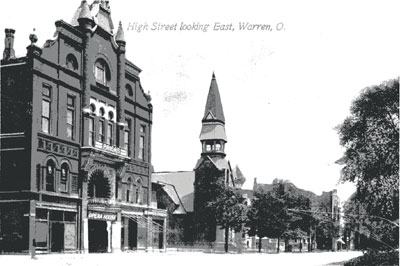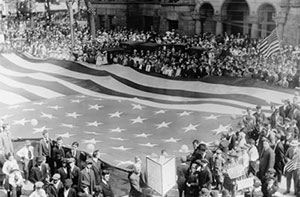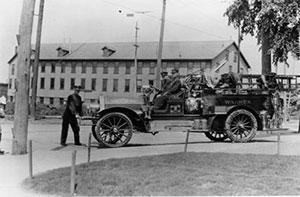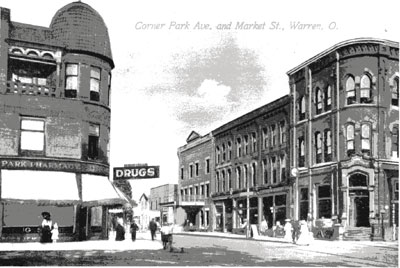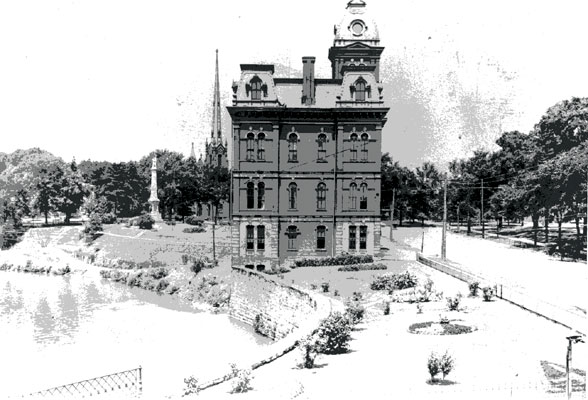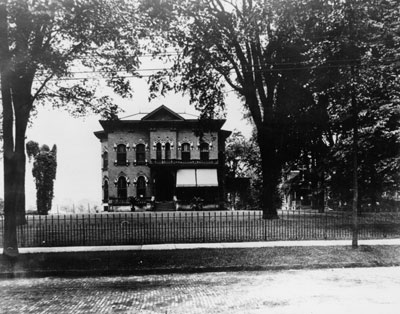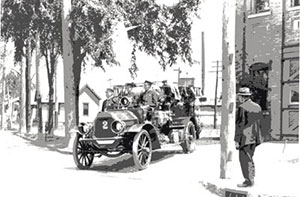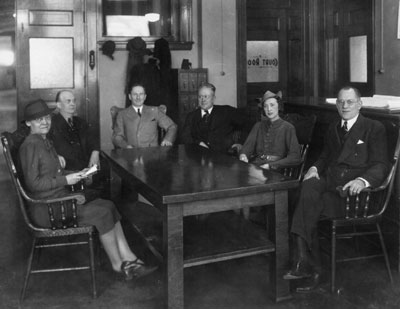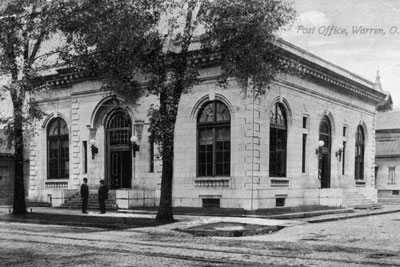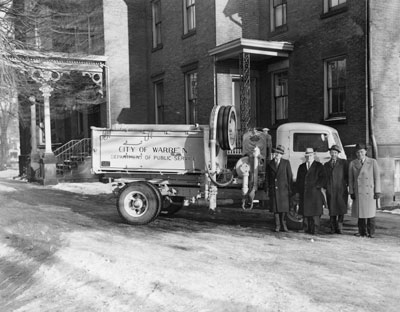Early History
In order to ease land disputes after the Revolutionary War, the fledgling state of Connecticut was extended to a 120-mile piece of land in Northeastern Ohio, which became known as the Connecticut Western Reserve.
In the late fall of 1798, Ephraim Quinby bought 441 acres of land from the Connecticut Land Company and named that land after Moses Warren, surveyor of the Western Reserve. Soon after the town was plotted, four acres were set aside in the center of the community to be used as the village square, and still exist as historic Courthouse Square Park to this day.
In 1801, Warren was established as the seat of Trumbull County, which at that time encompassed the entire Connecticut Western Reserve. General Arthur St. Clair, Governor of the Northwest Territory, is said to have selected Warren over regional rivals Cleveland and Youngstown as a result of political support received from local leaders. This distinction led to Warren's status as religious, social, and commercial hub of the early Western Reserve; for more than thirty years after its settlement, Warren was the largest and most prosperous town in the region.
The construction of rail lines was delayed in the Mahoning Valley due to the economic advantages presented by canal and lake shipping, as well as river traffic in Cleveland and Pittsburgh. As a result, instead of growing into a center for manufacturing and transportation, the handsome town known for its beauty became a refined county seat for the remainder of the nineteenth century. Warren would not see considerable industrialization, urban growth, or immigration until the beginning of the twentieth century.
Modern History
The industrial era was well underway by the beginning of the twentieth century. In 1906, the Trumbull Steel facility (later Republic Steel, then WCI Steel) became the first integrated steelworks built in Trumbull County. Immigration increased as a result of this new industry, and the surrounding farmland was subdivided into thriving residential neighborhoods. Between 1910 and 1920, population increased by 144 percent, giving Warren the distinction of being the fastest growing town in Ohio during that decade.
By the mid-1920s, industrial and business expansion had swept the county. Additional steelworks were established, and the wealthy Perkins and Packard families donated land that has become the backbone of Warren's picturesque riverside park system. The skyline of downtown Warren reached its present outline in 1923 and has not since changed; the city has the distinction amongst major Ohio cities of having the only downtown skyline still standing in the shadow of the spire of a grand nineteenth century church.
After the Second World War, the region witnessed the growth of Packard Electric and other local divisions of national corporations, including the General Motors Lordstown Assembly Complex. Local civic leadership was devoted to keeping up with the burgeoning demand for social, educational, and cultural facilities. In the 1970s, the collapse of the steel industry caused economic distress on regional and national levels for nearly two decades.
Today, the City of Warren and Trumbull County have diversified their interests in the manufacturing industry, are more closely in-step with national employment trends, and look confidently toward promoting growth and development in the twenty-first century.

